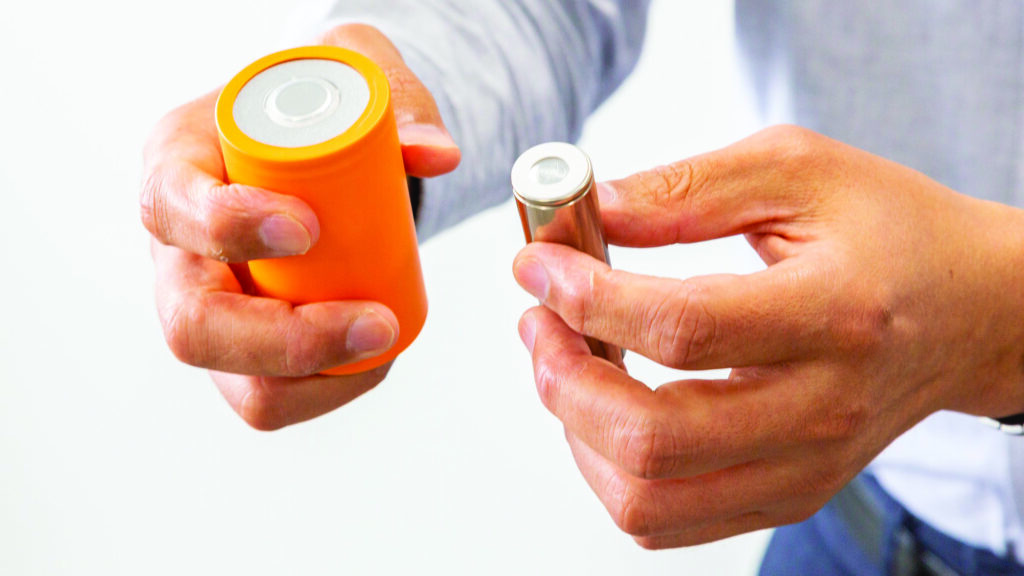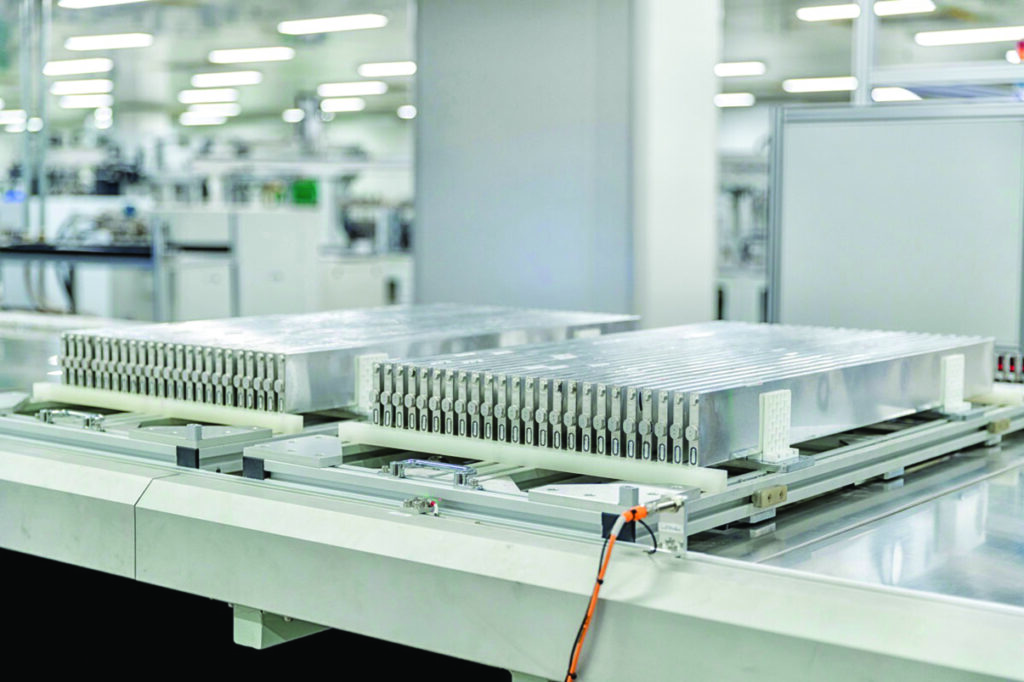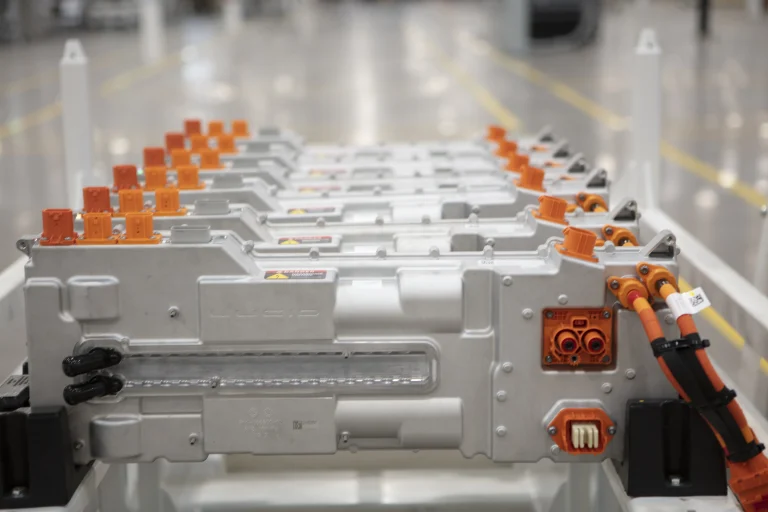The building blocks of any battery are the cells, and in the last couple of years new formats have started to make it into the mainstream. The basic subtypes remain – pouch, prismatic and cylindrical – but within these are many variations available to suit different applications. It is also the case that some cell manufacturers may focus on one format or another, thus if an OEM has a technical partnership with a given supplier, they maybe limited in the cell choice.
A notable trend in recent years has been a move toward larger format cylindrical cells, away from the long-time standard 18650 size. Tesla began this trend with its switch to 2170 (21 x 70mm) cells in 2017, developed as part of its close relationship with Panasonic, and continued a push to larger formats with the development of 4680 cells (46 x 80mm). Again, the 4680 was developed with Panasonic, but several other manufacturers have expressed an interest in the format. BMW, for example, is working with Chinese supplier EVE, which will build a plant producing 46mm-diameter cells in Hungary, to supply BMW’s next-generation platforms. Rimac is also working on a 46mm cell, though one it says can be used in different lengths. Given the close links between Rimac and the VW Group, such cells could well be seen in the next generation of high-performance platforms from Porsche and Audi.

What are the advantages of these larger cylindrical cells? Firstly, with its larger dimensions a 4680 cell has around five times the capacity of an equivalent 2170 cell. At a pack level, because one cell rather than five need to be packaged for given energy, the volumetric efficiency is improved.
Secondly, at least in the case of Tesla’s cells, what it dubs a ‘tabless’ design reduces the electric path length of the cell compared with a traditional single tab design, in turn lowering resistance and increasing the power density of the cell. However, unless paired with an effective cooling layout, the larger format cells could have trouble with heat dissipation, negating the potential for faster charging and discharge.
According to Sam Dew, project engineer for battery integration at WAE, 46mm cells show considerable promise. “They are going to reduce the cost of assembling batteries, you have to make fewer welds and there are fewer battery connections,” he notes, adding, “Also, many of these cells are structural. They’ve been designed specifically to go into cell to pack type applications so that they can actually carry load.” This final point, as we shall see, is one of their main attractions (see Structural matters, p34).
Despite the popularity of cylindrical cells, there are still plenty of applications for pouch and prismatic cells. For example, GM uses very large format pouch cells in its Ultium packs, and both Ford and Hyundai/Kia also use pouches in their latest EV offerings.
There are advantages to pouch cells, depending on the application. For example, the lack of a hard casing enables high energy density to be achieved in a pack as the cells are tightly packed (though sufficient clearance still needs to be provided for swelling).
Summing up some of the benefits and drawbacks of pouch cells, Richard Davenport, GM and head of engineering at Potenza Technology, an EV R&D center in the UK and part of IVECO, says, “With a cylindrical you’ve obviously got good robustness, whereas a pouch is wedged into a module very close to all the other pouches, so there’s a lot of energy density in one place, very close together. This makes it [safety] more challenging. A prismatic is a bit of a mix of both, as you have the high energy potential, but in an aluminum case, which gives something of a halfway house.”

Prismatic cells seem to be favored by Chinese manufacturers such as BYD and lend themselves well to skateboard-type chassis, which use a cell-to-pack (CTP) construction approach. These can come close to the volumetric energy density of pouch cells, yet still be used in a structural role. However, it is notable that some companies that currently use prismatics, such as BMW and potentially GM, are looking to switch to cylindrical cells for some applications. In the case of the German manufacturer, it sees the combination of 46mm cylindrical cells coupled with new chemistries as providing a better solution than prismatics, with the smaller footprint of the individual cells providing greater layout flexibility.


